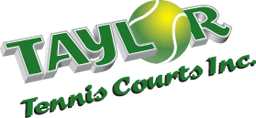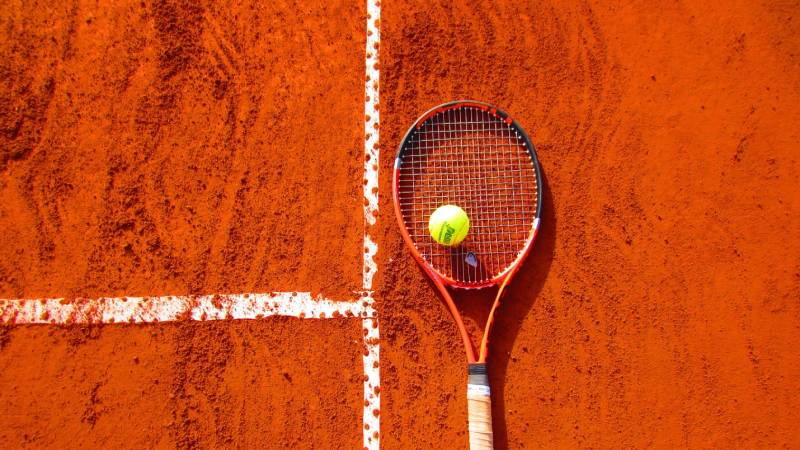Tennis Court Surfaces
There are four surfaces to choose from for outdoor courts: grass, clay, hard surface, and carpet.
To help you choose the best surface for your tennis court, this is a compiled list of pros and cons for all four outdoor surface options.
Grass
- Pros: The grass is more comfortable to play on and easier on players’ joints and legs. It also results in more volleying as the ball doesn’t bounce as high, making it harder to put tricky topspins on the ball.
- Cons: The trouble with real grass courts are they go through a lot of wear and tear. The court is a living organism that dies when stepped on too much.
Clay
- Pros: Unlike grass courts, clay courts are durable and long-lasting. Clay courts are affordable to build and very kind to players’ bodies as there is a bounce in every step.
- Cons: The worst part about clay tennis courts is how weather conditions affect them. And they are a nightmare for offensive players because of how low and slow the ball bounces.
Hard Court
- Pros: Hard courts are a good neutral for different playing styles. There is little impact on the ball’s trajectory, and the courts are the most low-maintenance surface.
- Cons: The only con of hard courts is the impact they have on the human body. They are very tough on joints and feet. Older players should avoid using hard courts because of this impact.
Carpet
- Pros: Carpeted courts require hardly any maintenance and make for fast-paced volleys. They are very inexpensive to build and maintain.
- Cons: Because the ball bounces very low on the carpet, it can be particularly tough on players’ knees and their overall comfort on the court.
Whether you are repairing your worn-out tennis court or building a brand new one, being familiar with different tennis court surfaces is the best way to choose the right one for your court.


Recent Comments